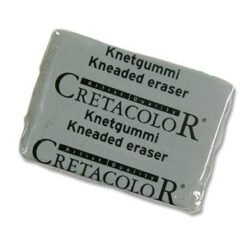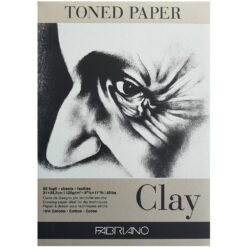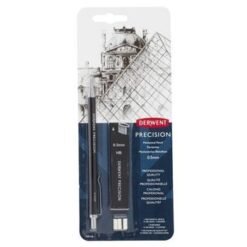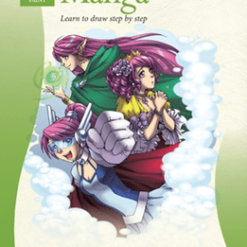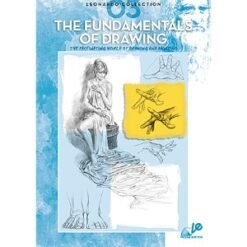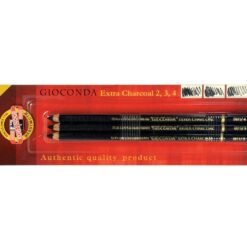No products in the basket.
Drawing Course by Lillian Gray
Lesson 10 | Contour Drawing
Watch the lesson for free on our YouTube channel
Free Drawing Course by artist Lillian Gray
This is a video and blog series teaching the fundamentals of drawing in an easy to understand way. The series consists of 15 lessons presented by artist Lillian Gray.
-A drawing is simply a dot going for a walk –
Paul Klee
What is contour drawing?
Contour (n.) 1660s, a term in painting and sculpture, from French contour “circumference, outline,” from Italian and Medieval Latin contornear “to go around”
The line in a continuous line drawing is unbroken from the beginning to the end. The drawing implement stays in uninterrupted contact with the surface of the paper during the entire length of the drawing.
Once you make contact with the paper (you may begin anywhere: top, bottom, side), you are keeping the line flowing. The completed drawing gives the effect that it could be unwound or unravelled. Rather than using multiple lines, you use a single line, however, as in gesture, you draw through the forms as if they were transparent. The line connects forms, bridging spaces between objects. Not only are outside edges described, internal shapes are also drawn. A continuous, overlapping line drawing has a unified look that comes from the number of enclosed, repeated shapes that naturally occur in the drawing. The resulting composition is made up of large and small related shapes.

Again, as a gesture, try to fill the entire surface of your paper. This, too, will insure compositional unity. Let the shapes go off the page on at least three sides. Vary the weight of the line, pressing harder in those areas where you perceive a heavier weight or a shadow, or where you see the form turning into space, or in those areas of abrupt change in line direction.
Think of a mountain that has ups and downs. In contour we are gliding up and down our subject, going in and out – following all the little crevices.
One single line to explore your subject. You never pick up your pencil. Never stop the line. You go right through any shapes
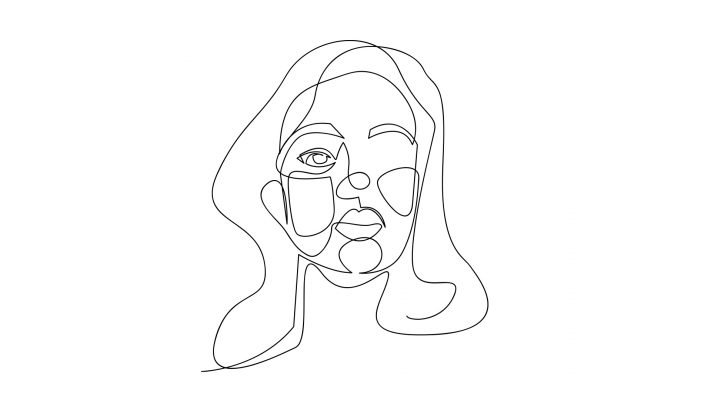
Helpful Guidelines “Pro-Tips” for continuous line drawing:
- Use an implement that permits a free-flowing line (Graphite pencil, Koki & charcoal works great).
- Use an unbroken line for the entire drawing.
- Keep your drawing implement constantly in contact with the paper.
- Draw through the forms as if they were transparent.
- Fill the entire surface of your paper
- Draw and focus on the positive and negative shapes.
- Vary the weight of the line – line quality. You do not want boring lines (must be thick, thin, fat or hard. Seeing the artist’s hand in the lines of the drawing).
- Use continuous, overlapping lines.
Characteristics of Contour drawing
Typical contour drawing makes it look like it was made out of string. That is you would pluck up the string the drawing would unravel.
Paul Klee “ a drawing is just a dot going for a walk”
This is how you can imagine, where is your little dot exploring or heading off to.
It also looks like the drawing was constructed out of wire
Importance
Contour drawing is an essential technique in the field of art because it is a strong foundation for any drawing or painting; it can potentially modify a subjects’ form through variation within the lines. Its objective is to capture the life, action, or expression of the subject.It is widely accepted among schools, art institutions, and colleges as an effective training aid and discipline for beginner artists. In the hands of a talented master, the line that conveys contour can deliver an astonishing amount of visual delight.
Technique
In a continuous-line drawing, the artist looks both at the subject and the paper, moving the medium over the paper, and creating a silhouette of the object. Like blind contour drawing, contour drawing is an artful experience that relies more on sensation than perception; it’s important to be guided by instinct. To make a blind contour drawing, an artist does not look at the paper or canvas on which he/she is working.
Another technique similar to contour drawing is outline drawing; a division between form and the space an object occupies. All three types of drawing are considered to be gesture drawings; the practice of drawing a series of bodies in still form. An outline drawing does not include the visual amusement of human sight, while a contour drawing contains form, weight, mass, space, and distance.
Styles
By altering the character of the mark, an artist can emulate many aspects of the subject that relate form and space to the viewer. For example, a line can be lighter in value (gradation) to suggest greater distance between objects in the drawing. A darker portion of the contour could represent an object with little or no light source; the space is compressed or the object is lower. Continuous lines used inside the outline of a subject can accent or cast shadow, depending on the value of the line.
Practice
The purpose of drawing blindly is to force the artist’s eye to move along the contour of the subject as his or her pencil moves along the paper. Initially, this type of drawing may be difficult and slow, but an artist will find that with practice, it is an effective way of defining observation skills such as identifying and underlying the structure of the subject, relating forms, and conveying the sensual experience of the subject. Through thorough practice in this style, he/she will be skilled at drawing anything quickly and successively.
Exercise 1 – Household Objects
Find household objects – such as a set of keys, a mug.
Start with simple things then move onto more difficult items
Keep your pen and eye in unison
Exercise 2 – Faces
Let’s move on to drawing people or Faces
Draw from life or use a mirror to draw yourself.
Exercise 3 – Blind Contour
Blind contour drawing is a drawing exercise, where an artist draws the contour of a subject without looking at the paper.
Place your drawing pad or sketchbook below your peripheral vision. Not supposed to see your paper or where your hand is at.
This is a super exciting, fun and silly exercise.
The entire trick here is to develop spatial awareness and not to use your left brain too much.
Now sit across from someone and look at them, study every aspect of their face.
Doing so just relaxes your brain and relying on your eyes, switching off your understanding.
While still remembering where you have drawn your eyes and your nose, because you cannot look down.
Draw a family member or even your pet
What is the purpose of blind contour drawing?
Blind contour drawing is intended to be an exercise that helps you see an object in all of its detail. Supposedly is activated the part of your mind that genuinely observes abstract shapes. I believe Betty Edwards discusses this in her book “Drawing on the Right Side of the brain.”

Contour Drawings by famous artists:
Picasso
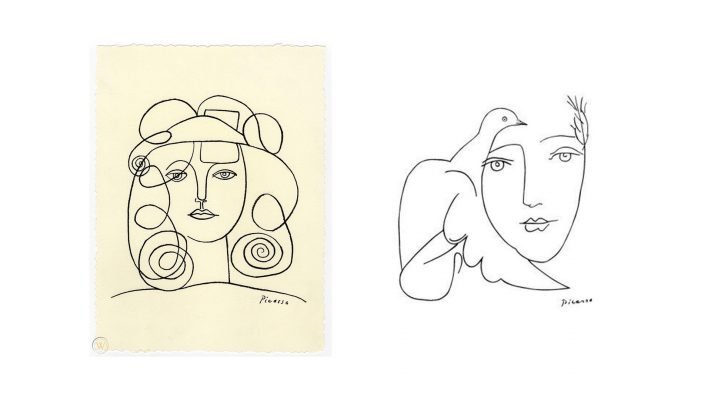
Matisse
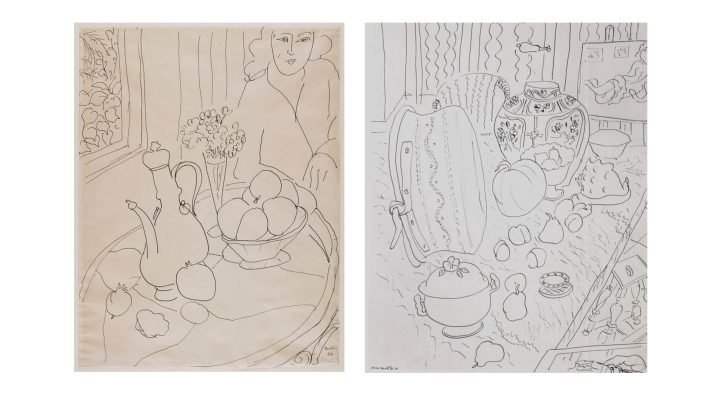
David Hockney

Egon Schiele


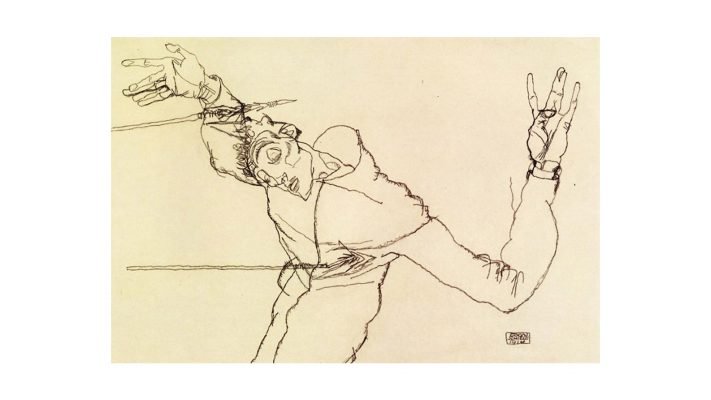
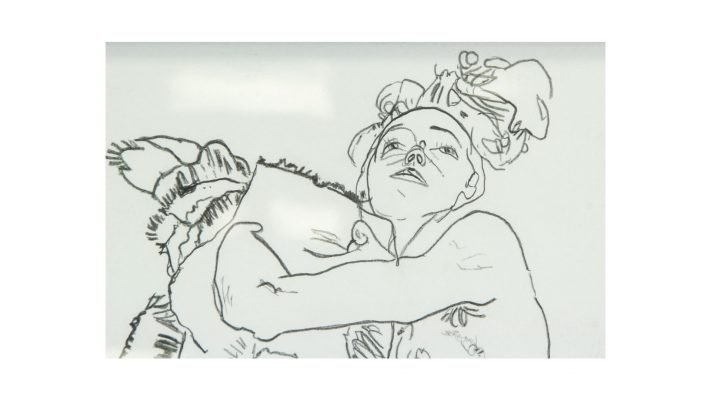
Shop Drawing Supplies online with us
Our online store aims to remove all confusion when it comes to shopping for art supplies. We only stock what is really needed and don’t flood you with choices. To view drawing supplies:
 A3 Toned Paper Clay Pad 120gsm FabrianoR380.00
A3 Toned Paper Clay Pad 120gsm FabrianoR380.00 Faber-Castell Graphite Sketch SetR115.00
Faber-Castell Graphite Sketch SetR115.00 A3 Toned Paper Sand Pad 120gsm FabrianoR300.00
A3 Toned Paper Sand Pad 120gsm FabrianoR300.00 Cretacolor Kneadable EraserR25.00
Cretacolor Kneadable EraserR25.00 A4 Toned Paper Clay Pad 120gsm FabrianoR205.00
A4 Toned Paper Clay Pad 120gsm FabrianoR205.00 Mechanical Pencil HB 0.5MM – DerwentR136.00
Mechanical Pencil HB 0.5MM – DerwentR136.00 Drawing MangaR215.00
Drawing MangaR215.00 Fundamentals Of Drawing 3 – Leonardo CollectionR245.00
Fundamentals Of Drawing 3 – Leonardo CollectionR245.00 Black Charcoal Pencil 3pcs – Koh-i-NoorR89.00
Black Charcoal Pencil 3pcs – Koh-i-NoorR89.00





